The future of agriculture is a very important question for the planners and all other stakeholders. The government and other organisations are trying to address the key challenges of agriculture in India. Not to forget, 2020 has been full of challenges — the global pandemic and lockdown and a recession in the world economy are just some of the shocks faced by many businesses across all industries. Agriculture is no exception.
In recent years, the role of data in agriculture has increased significantly. Advances in technologies such as big data, machine learning, cloud computing, blockchain, IoT, and AI have opened up new opportunities for farmers to redistribute labour, reduce costs and increase profits.
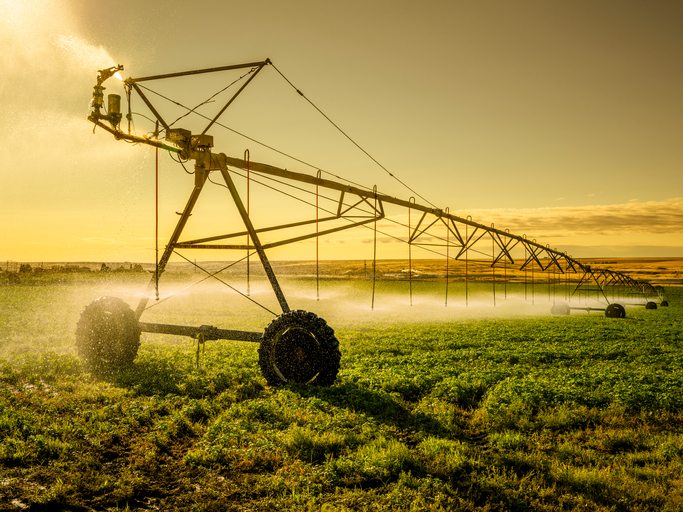
Despite the many difficulties, the industry still looks forward to the development of new trends with new technologies.
- Next-Gen Internet Connection:
The new generation of internet connections opens up new opportunities for farmers. They will be able to connect more devices and machines right in the fields where wireless Internet is currently unavailable due to the lack of coverage. Also, the data from them will be collected uninterruptedly, which allows them to get insights from farms in real-time from anywhere in the world.
- Autonomous Agricultural Machinery:
Autonomous and semi-autonomous agricultural machinery will allow improvement of the accuracy of harvesting and reduce crop losses. Besides, unmanned technologies will significantly reduce the burden on the human workforce and allow agronomists to focus on more analytical tasks.

- Sustainable Development & Biodiversity:
ML-powered solutions can help farmers achieve their goals. For example, data-driven precision farming tools can detect nutrient deficiencies in a field and inform agronomists. This allows farmers to treat only the affected areas, reduce fertilization costs, and minimize the volume of excess chemicals in the soil.
For biodiversity, data-driven solutions can also advise agronomists what crops to plant in a particular season to minimize soil depletion and ensure sustainable use.
- IoT Devices:
The amount of data that is collected in the fields and from agricultural machinery is too large for manual processing. Sensor manufacturers are moving towards building hardware and software ecosystems to provide customers with an all-inclusive IoT experience, including data analysis with artificial intelligence and machine learning.
- Satellite Imagery:
Sentinel-2, Planet, Pleiades, or DigitalGlobe provide near real-time high-resolution images of the Earth’s surface in different spectral bands. Better frequency and accuracy open new opportunities unavailable earlier, like automated crop classification, anomaly recognition and effective resource spending.
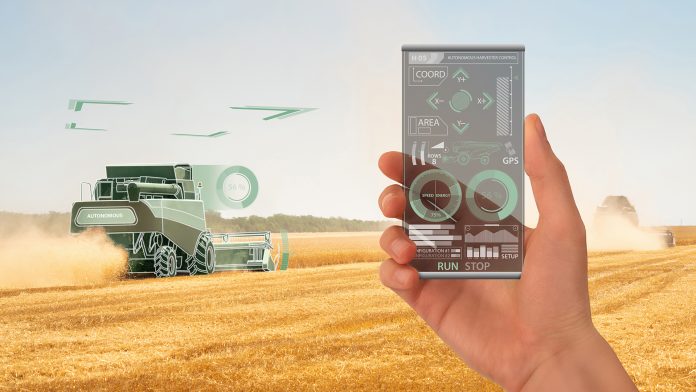
Conclusion
India with its rising populace is in a favorable situation to build up its conventional agricultural segments which curve for the most part work escalated. Technological progression has given plentiful extension to the modernization and advancement of the agrarian division and furthermore to receive the most extreme reward from the expanding extent of farming fares emerging out of the way of globalization embraced by the economy.

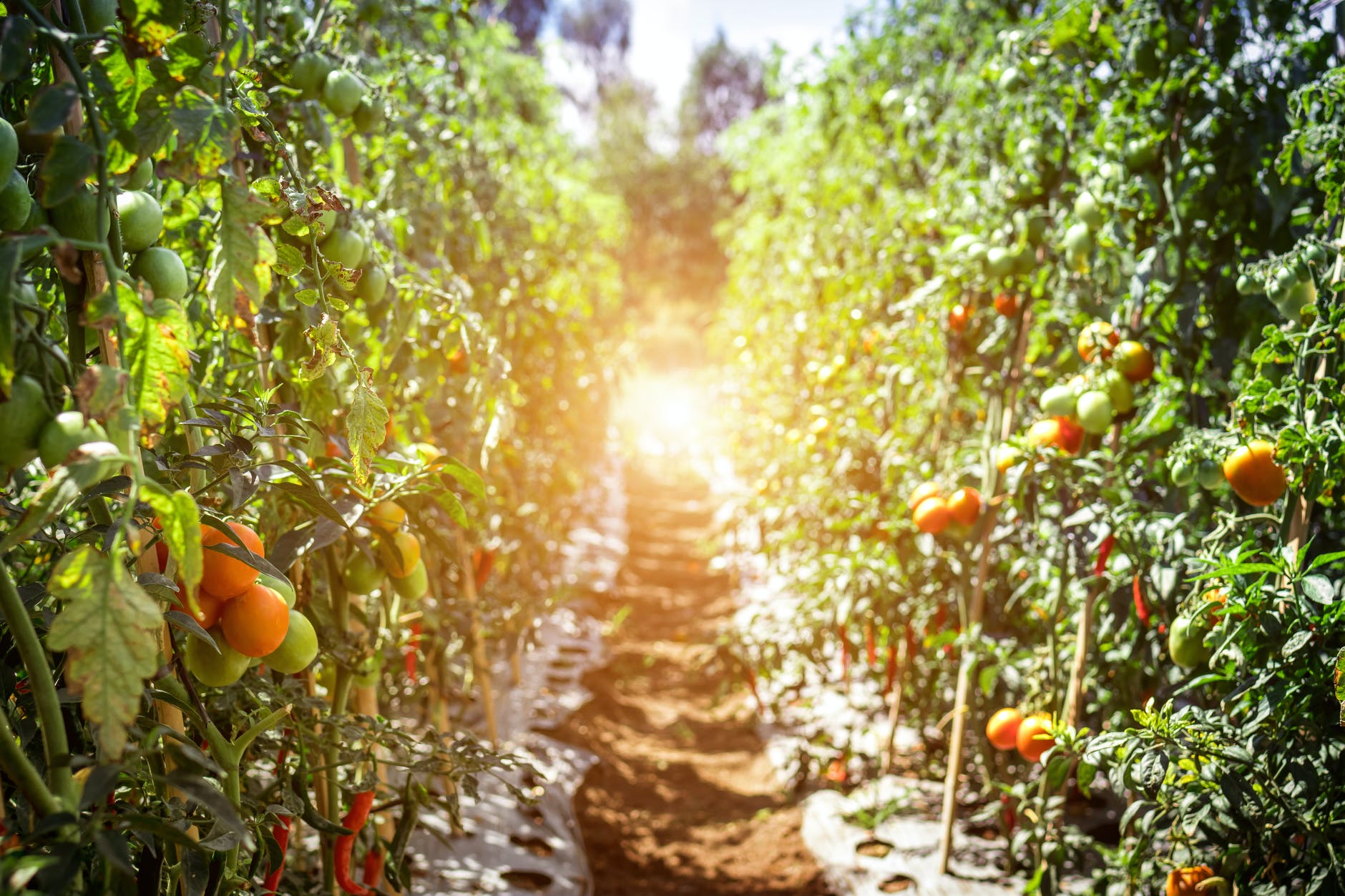
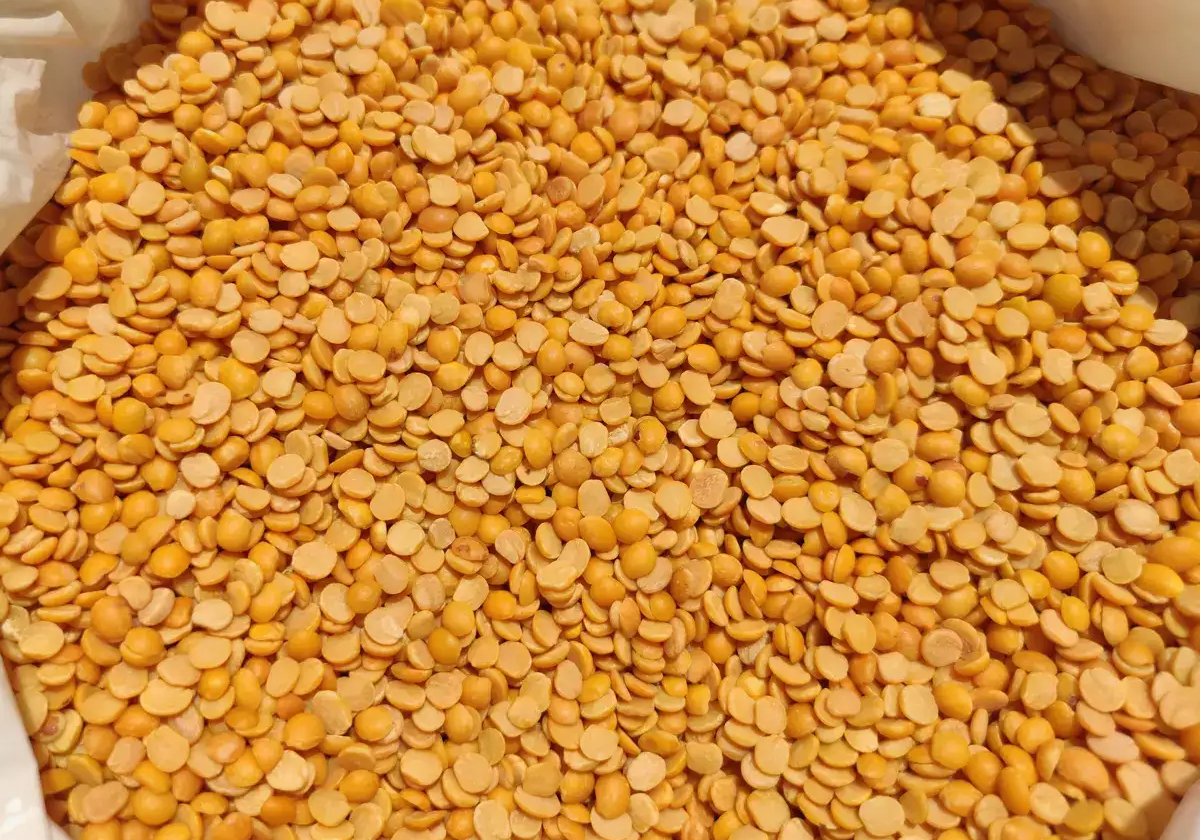

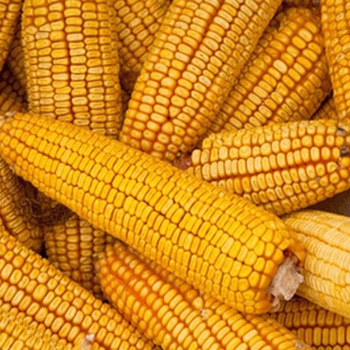
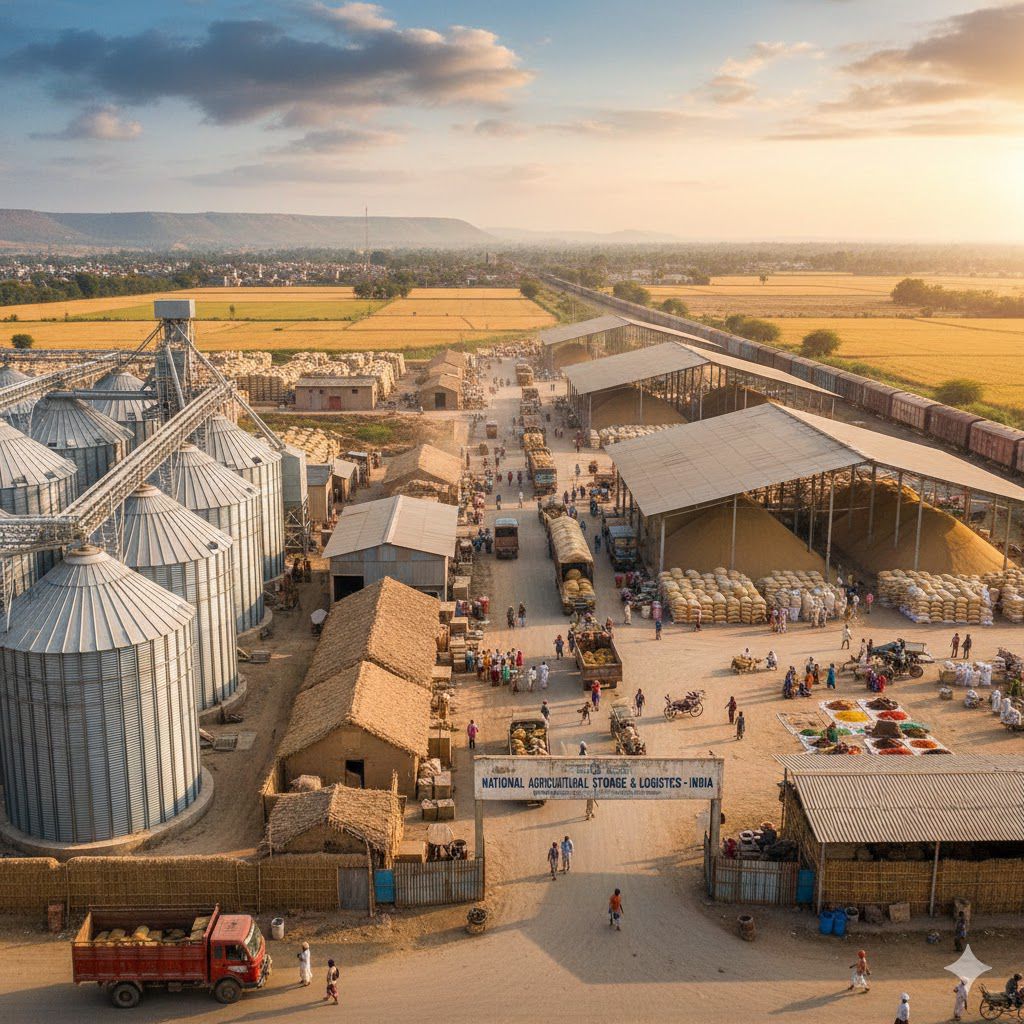

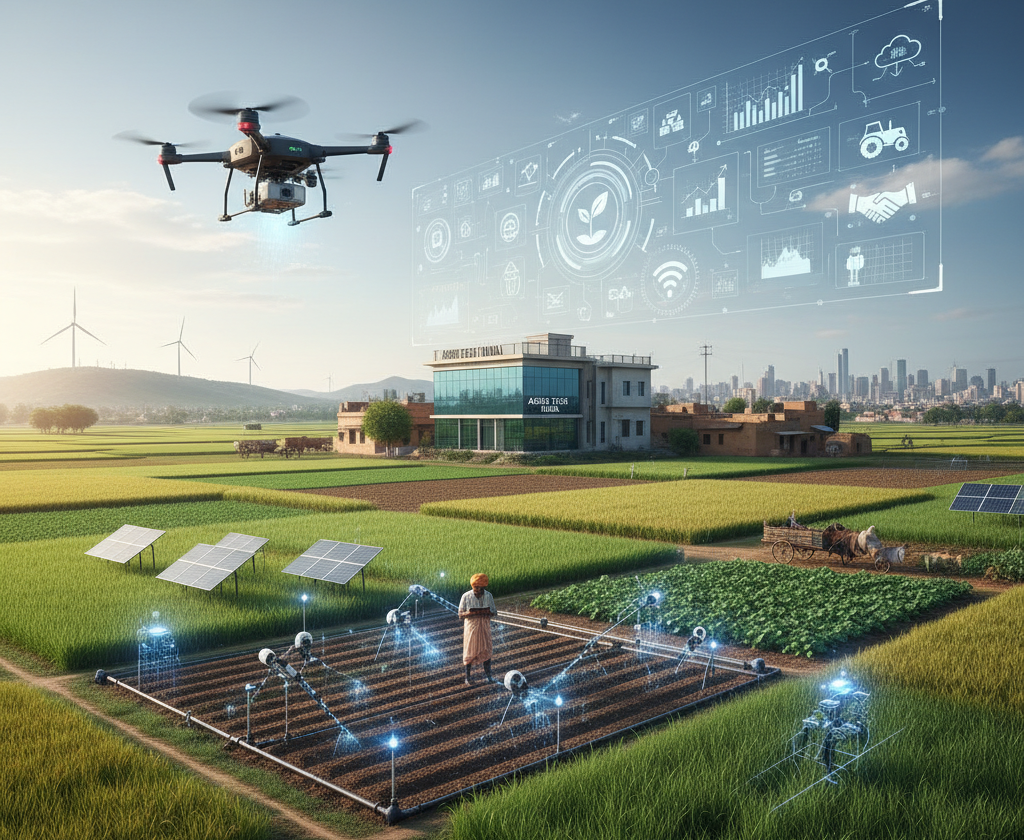
 Connect With Us
Connect With Us